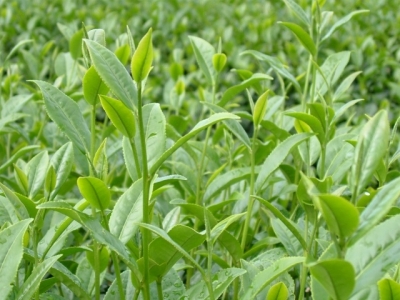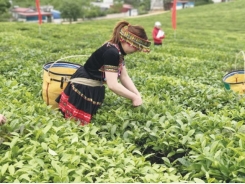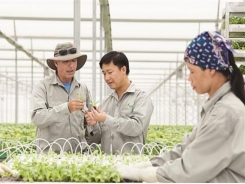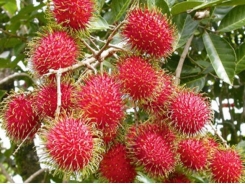Vietnams tea industry feels pressure from decline in exports

Analysts say it is time for Vietnam to focus on quality, rather than quantity, of tea exports.
Vietnam’s tea exports to Pakistan, the biggest export market, dropped by 40 percent this year in comparison with the same period last year. Pakistan set up new hygiene standards and Vietnam exporters did not adapt to the new circumstances.
Like other agricultural products, Vietnam’s tea is exported to many countries (it was the fifth largest exporter in 2016 with export turnover of $217 million), but the tea does not have a strong brand.
Vietnam’s tea mostly goes to easy-to-please markets, while only a few branded products have penetrated choosier markets such as the EU and US.
Though the export price has increased recently, Vietnam’s tea export prices remain low. Its tea sometimes is sold at prices just equal to half of the average prices in the world.
Around 98 percent of Vietnam’s tea exports are raw materials, in 50 kilogram packs. The brand alone, according to analysts, can make up 40-60 percent of products’ value.
Vietnam also cannot sell tea for high prices because it has too many exporters. As the exporters compete fiercely with each other to scramble for clients, foreign partners tend to force the prices down.
Vietnamese enterprises, instead of making investments to improve the quality and raise export prices, try to lower the prices of the tea they buy from farmers.
Developing high-quality tea
However, the good news for Vietnam’s tea industry is the bright prospects of high-end product development.
Like other agricultural products, Vietnam’s tea is exported to many countries (it was the fifth largest exporter in 2016 with export turnover of $217 million), but the tea does not have a strong brand.
In the first two months of 2018, the exports to Poland and Germany, the two major markets in the EU, increased significantly.
Amid thousands of companies which follow the old trading way, there have been some dynamic enterprises, which are making investments to create high-quality products, rather than trying to increase output.
Peter Goggi, chair of the Tea Association of the US, said at a workshop in New York that Americans have interest in Vietnam’s ancient tea trees and in Vietnam’s specialties.
However, there are barriers preventing Vietnamese tea from entering the American, European and Japanese markets, including food hygiene standards and the acrid typical taste of Vietnam’s tea.
Bashtea company in Ha Giang province has successfully exported its Bach Shan, a less acrid green tea product, to the US, EU and Japan. And purple tea products are now favored by Japanese and Chinese thanks to the good taste and “anti-radiation” elements.
Có thể bạn quan tâm
Phần mềm

Phối trộn thức ăn chăn nuôi

Pha dung dịch thủy canh

Định mức cho tôm ăn

Phối trộn phân bón NPK

Xác định tỷ lệ tôm sống

Chuyển đổi đơn vị phân bón

Xác định công suất sục khí

Chuyển đổi đơn vị tôm

Tính diện tích nhà kính

Tính thể tích ao hồ




 Vietnam to cut black pepper farm area as…
Vietnam to cut black pepper farm area as…  Rambutans going south to satisfy Kiwi appetites
Rambutans going south to satisfy Kiwi appetites